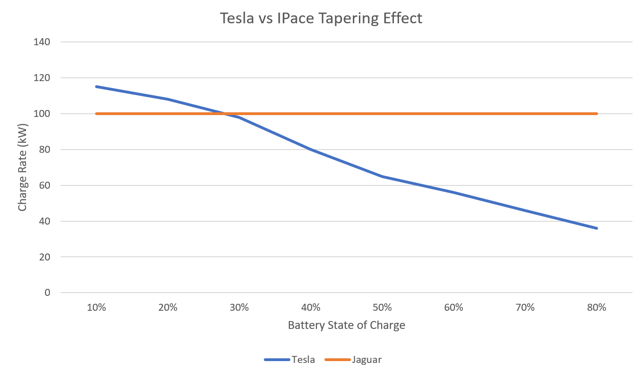To begin with, the article is very biased written. But there are of course points of relevance in there.
CCS is the standard in EU on top of the standard Type-2 plug (the one Tesla uses in current EU-cars). Type-2 plug is the standard for all AC-charging in EU.
Tesla will of course add CCS port to Model 3 when released in EU and update S/X with the additional DC-pins to support CCS. Those new cars will still be able to charge at the 120kW existing SuCs due to the fact that it is the Type2-connector which is the top-port in the CCS-port. When time moves on Tesla will probably upgrade the SuC to higher kW/voltage and at the same time either add new charging stalls at the SuC location with these new chargers or upgrade the existing. Not more strange than the current Eu-charger with combined CCS/CHAdeMO outlets (50kW DC is the most common version currently).
Tesla also need to update with CCS to some extent to allow for expansion of the SuC network in Germany. So it will happen in EU sooner or later. And this is no disadvantage at all for Tesla. All newer Tesla cars will be able to charge at any CCS-location, they will be backwards compatible with existing Type-2 SuC and also able to charger at newer CCS-SuC, where other brands like VW, Jag etc also might be able to charge for a cost.
The funny thing about the article is that there actually is no difference between the upcoming Jag i-Pace 0-80% charging time of 45 minutes. A Tesla 100D (which it should be compared with, and not the discontinued 90-pack which clearly charges slower and taper faster). The Tesla 100kW pack will charge above 100kW until about 63% State-of-Charge. At 80% it will taper off to about 60kW. But in terms of added miles it will be very equal since a 100kW pack is bigger than the 90-pack in the Jag. Adding 80% out of the Jags NEDC-rated 500km gives 400km NEDC. A Tesla S 100D in Europe is rated at about 620km NEDC and to reach 400km NEDC charge that is about 67% charge of the Tesla battery. Hence the average kW-charge rate for the Tesla from 5%->67% to reach 400km NEDC will actually average above 100kW for the charge session because it will pace at 115kW between 10%->50%. So gaining 400km NEDC in a 100D will go faster than Jags 45 minutes. Probably 40 with the Tesla

The general mistake when these kind of articles is written is that they consider other companies future infrastructure (ready 2020 or so) with what Tesla got today and in the comparison they count on that Tesla stand still and do nothing at all. Of course Tesla will develop it's stuff and 2020 it will probably have happened a lot, both in terms of the cars/batteries and also the SuC network. Not speaking about the MW-chargers and how they will be rolled out...
And PS. Maybe should rename the thread title. It's so wrong in many ways. CCS is a charging standard and has NOTHING to do with batteries and CSS does not exist at all in the EV-world




